
- -15%
Selden Backing Plates
For use with Selden T-terminals. Please select the correct size for your requirements.
GRAB A BARGAIN - 15% off all list prices until 31 October 2025 (excludes masts & booms).
Say something...
Nothing found. Please repeat.
Unsupported browser. Sorry...
To use our CUSTOM BUILD Standing Rigging Calculator, simply select the type of rigging you require below or if you need any advice or would prefer to talk to one of our rigging experts about your requirements, please get in touch.
To use our CUSTOM BUILD Standing Rigging Calculator, simply select the type of rigging you require below or if you need any advice or would prefer to talk to one of our rigging experts about your requirements, please get in touch.
Yacht standing rigging comprises the fixed lines, wires, or rods, that support each mast or bowsprit on a sailing vessel and reinforce those spars against wind loads transferred from the sails. This term is used in contrast to running rigging, which represents the movable elements of rigging that adjust the position and shape of the sails. At Martin Leaning Masts and Rigging we are experts in all types of rigging and can help you enhance, maintain and replace your rigging.
Standing rigging is a critical component of a sailboat’s mast support system, ensuring stability and performance. Over time, rigging deteriorates due to metal fatigue, corrosion, and wear, making replacement essential for safety and efficiency. This guide covers the key steps to replacing standing rigging, whether with the mast up or down.
Most insurance companies recommend replacing standing rigging every 10 years, though well-maintained rigging can last up to 20 years. Signs that replacement is necessary include:
Inspect the Existing Standing Rigging. Conduct a thorough masthead-to-deck inspection to identify worn components. If the mast is stepped, use a bosun’s chair to check fittings at height.
Replacing yacht standing rigging may seem daunting, but following a structured approach ensures a safe and efficient upgrade. However, if this process feels too complex or time-consuming, the team at Martin Leaning offers professional yacht rigging services to handle everything for you.
There are 32 products.

For use with Selden T-terminals. Please select the correct size for your requirements.

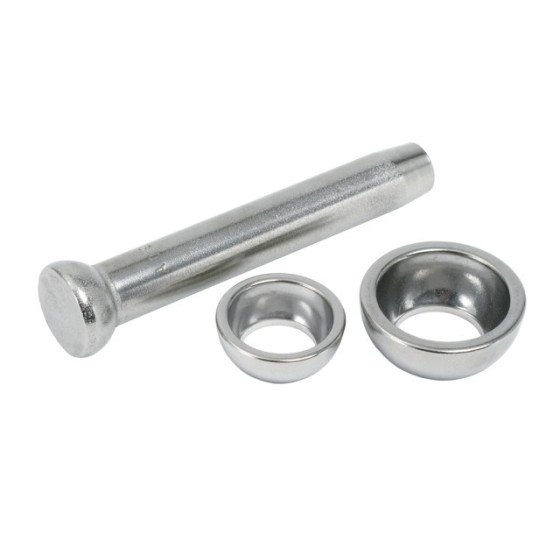
Ideal for lower shrouds and intermediate shrouds hanging in the spreader brackets with a stemball terminal at the upper end. This terminal is located in the cup of the spreader bracket. If required, it can be used with one or two separate cups to bring it up to the correct size for the cup. Measure the width of the complete assembly, including any cups, to ensure that all the cups are in position.


Stainless steel threaded pelican hook. Stainless steel AISI 316.
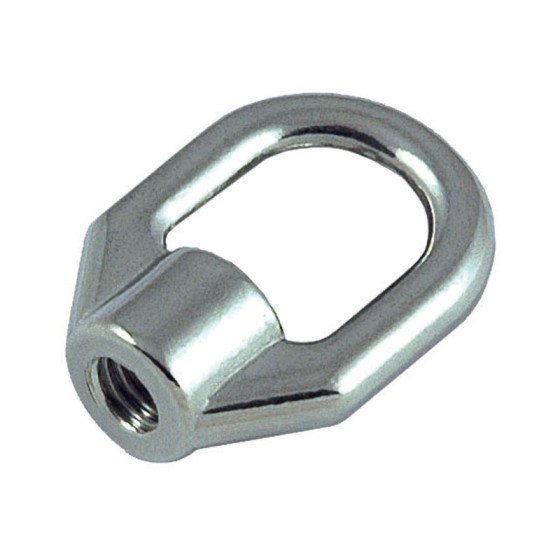

Stainless steel threaded guardrail eye AISI 316


T/EYE TOGGLE FOR ROPE RUNNERS AND CHECKSTAYS When replacing traditional wire runners or checkstays with lightweight Dyneema core, keep your existing backing plate and add a T/Eye toggle. Seldén T-terminals must only be used in Seldén backing plates. A mix of Seldén terminals and non-Seldén backing plates, and the other way around, is a severe safety risk and will void any possible warranty and responsibility from Seldén.


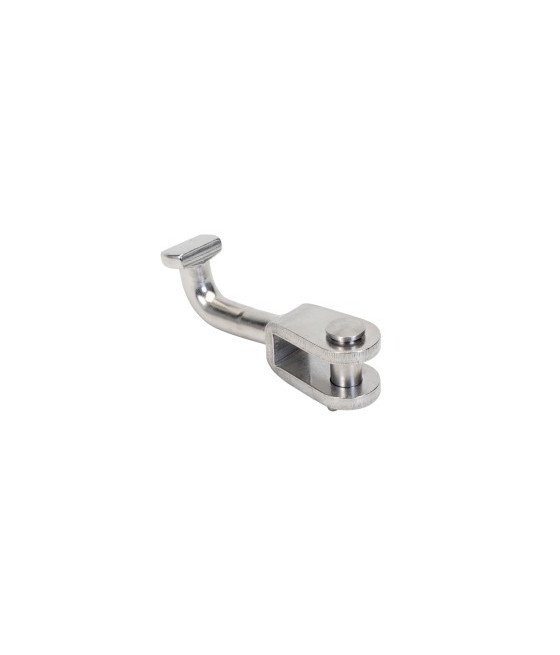

Needed to connect the Furlex to a Seldén backing plate for T-terminals.
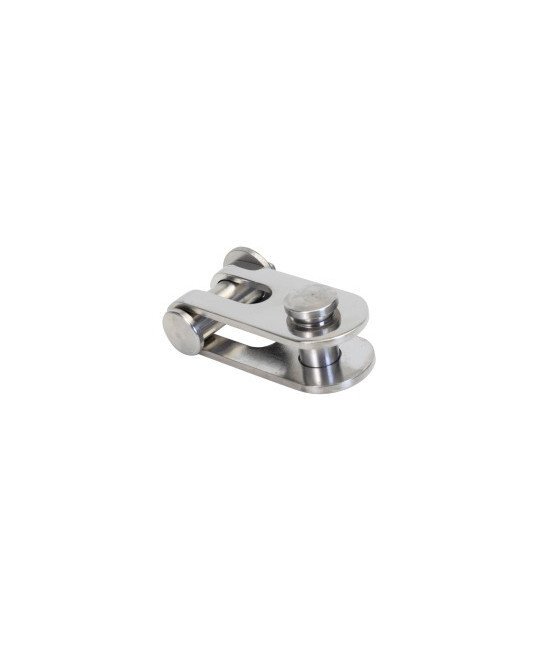

Fork/Fork Toggle. For wire inc. two pins.

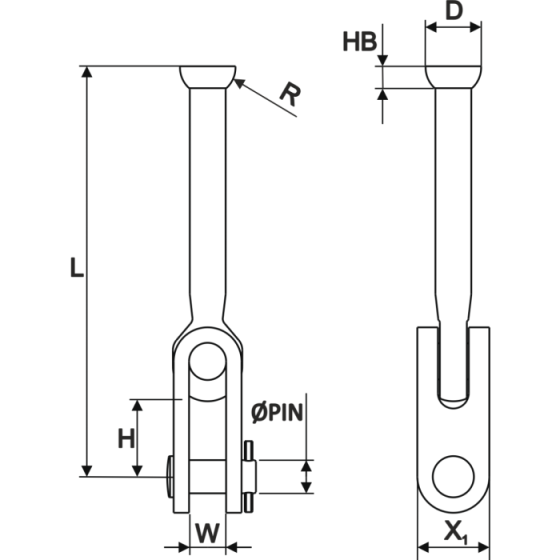

What Are Bridle Plates? Bridle plates are triangular metal plates used in backstay systems. They allow a single backstay to split into two equal sections, which then attach to chainplates on either side of the transom. This setup enhances rigging stability and helps maintain proper sail shape. Seldén Mast is known for its high-quality rigging hardware, and bridle plates are an essential component in backstay systems. These plates help distribute load efficiently, ensuring stability and durability in sailing applications. Key Features of Seldén Bridle Plates High-Strength Construction – Made from stainless steel, ensuring corrosion resistance and long-lasting durability. Optimized Load Distribution – The triangular design ensures even force distribution, reducing stress on the rigging. Multiple Hole Diameters – Available in various sizes to accommodate different wire diameters and backstay configurations. Versatile Applications – Suitable for keelboats and offshore yachts, providing secure and reliable rigging solutions.
Boxed:
Sticky Header:
Sticky Add To Cart
Sticky Footer:
Font:
